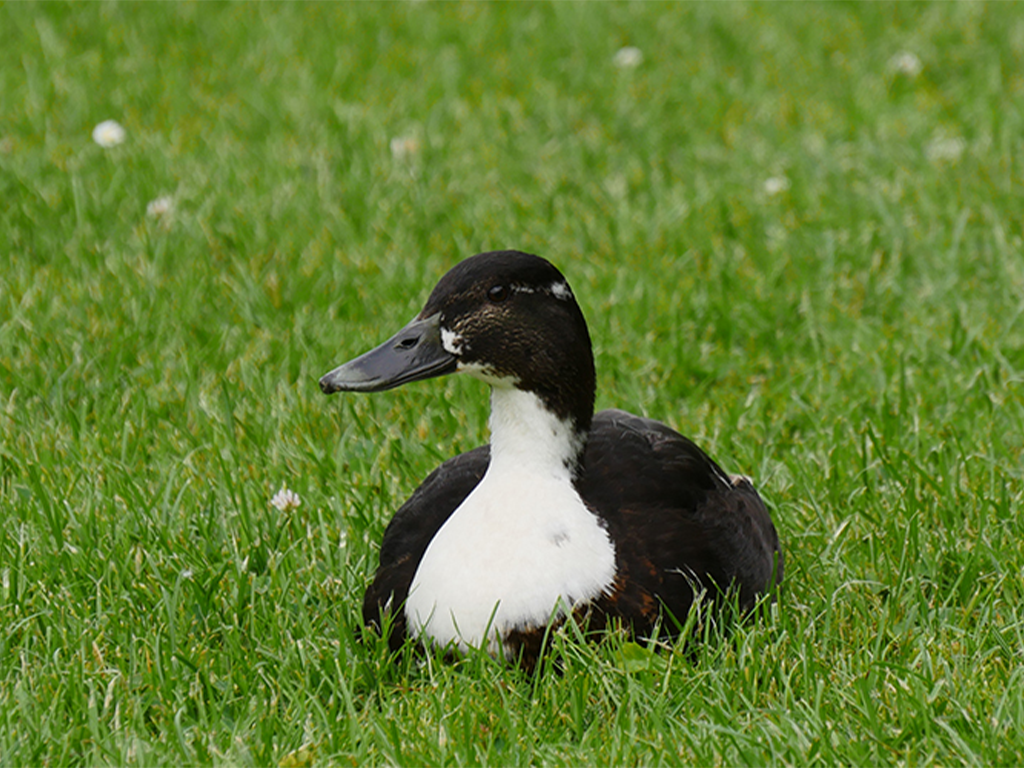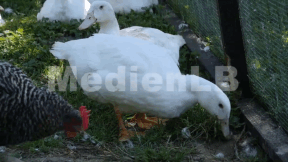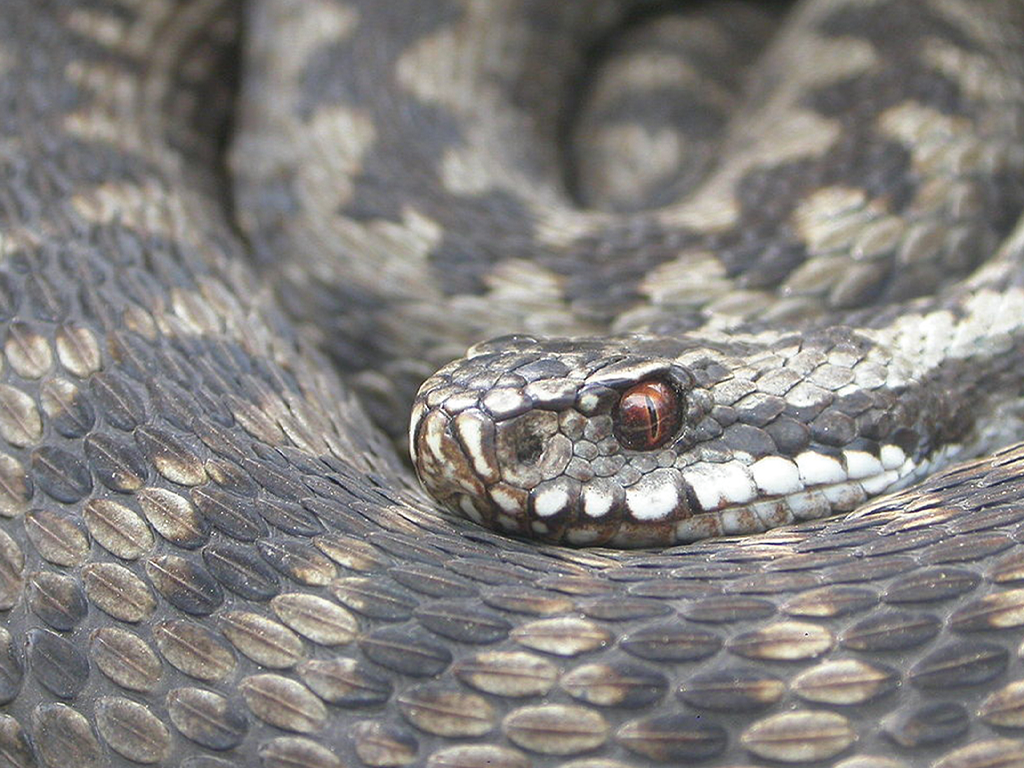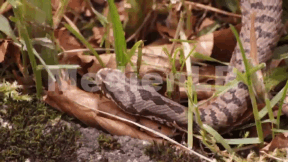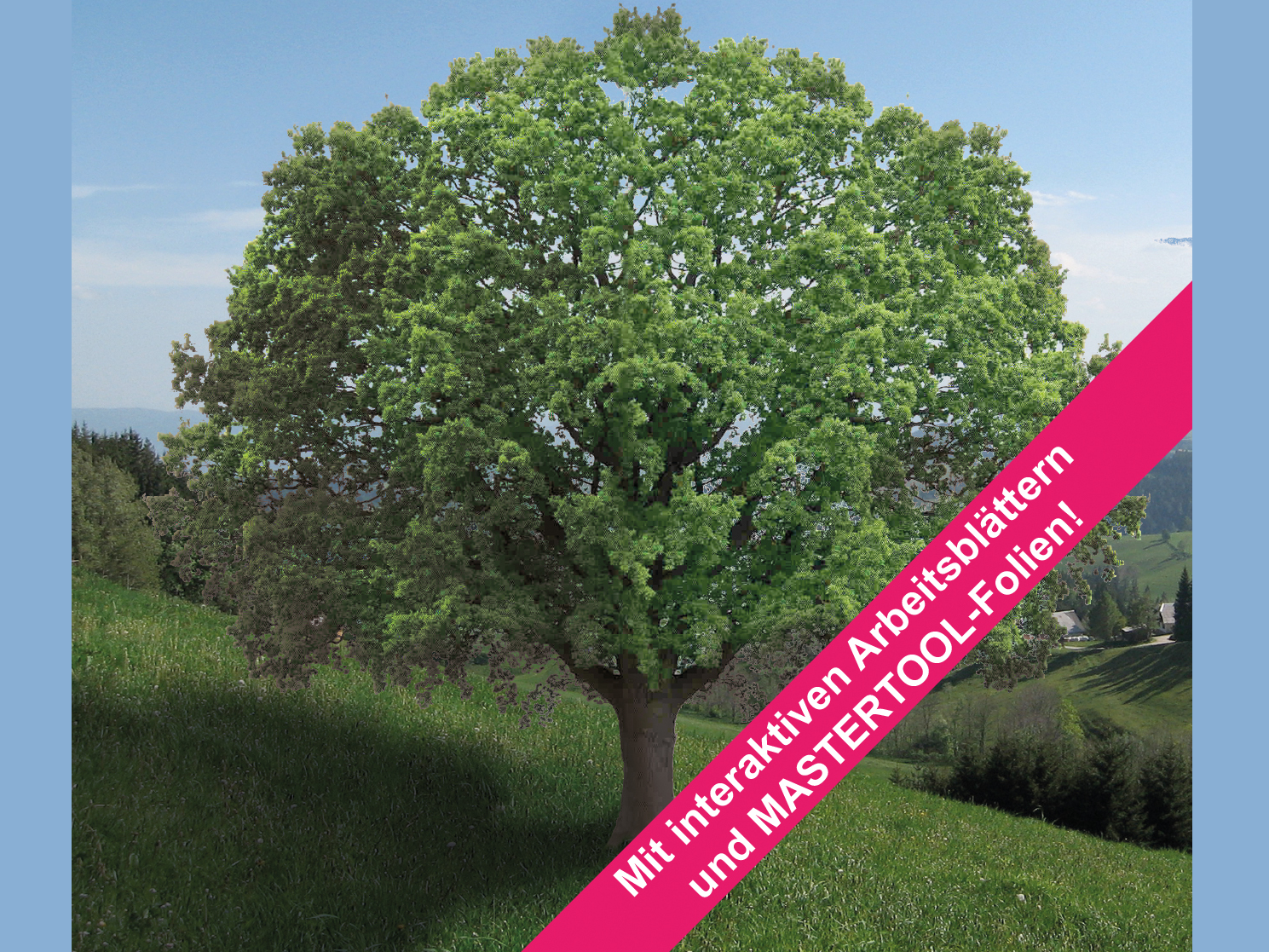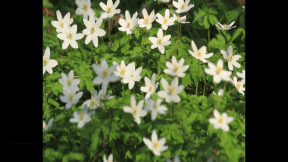
55502464
Lustige Tierrätsel
In 10 interaktiven Modulen erkennen die Schülerinnen und Schüler auf humorvolle Weise Tiere der Heimat und des Zoos kennen.
Included Tasks
- I Zeigt her eure Füße - Finde die Bildpaare!
- II Baby sucht Mama oder Papa - Finde die Bildpaare!
- III Wem gehört diese Nase/dieses Maul? Finde die Bildpaare!
- IV Wer zeigt hier sein Hinterteil? - Finde die Bildpaare!
- V Welcher Schwanz gehört zu welchem Tier? - Interaktive Aufgabe
- VI Wer schaut dich hier an? - Finde die Bildpaare!
- VII Wem gehören diese Ohren? - Bildzuordnung
- VIII Welchem Tier gehört diese „Haut"? - Interaktive Aufgabe
- IX Wem gehören diese Federn? - Finde die Bildpaare!
- X Echt oder getrickst? - Interaktive Aufgaben
Curriculum-centred and oriented towards educational standards
Matching
Ducks
Ducks are our best-known water birds. You can watch them on almost any large body of water. Although we come across them frequently, most of us know very little about the lives of ducks. But it is worth our while to look at them more closely.
Structure of the Forest
Forests are more than an accumulation of trees. The individual tree is more than a valuable source of wood. From its roots to its crown, it offers habitats to a variety of the most different creatures. The older a tree, the more valuable it becomes to many forest inhabitants. And even in death it is still full of life. If you take a closer look at a forest, you notice that the plants grow to different heights. They form storeys like those of a house. At the top level there are only the big trees. From a bird’s perspective we see that the highest specimens in the forest form a closed canopy. In summer, the treetops resemble big parasols shading the forest floor. Depending upon how much sunlight filters into the depths, this has consequences for the forest vegetation.




